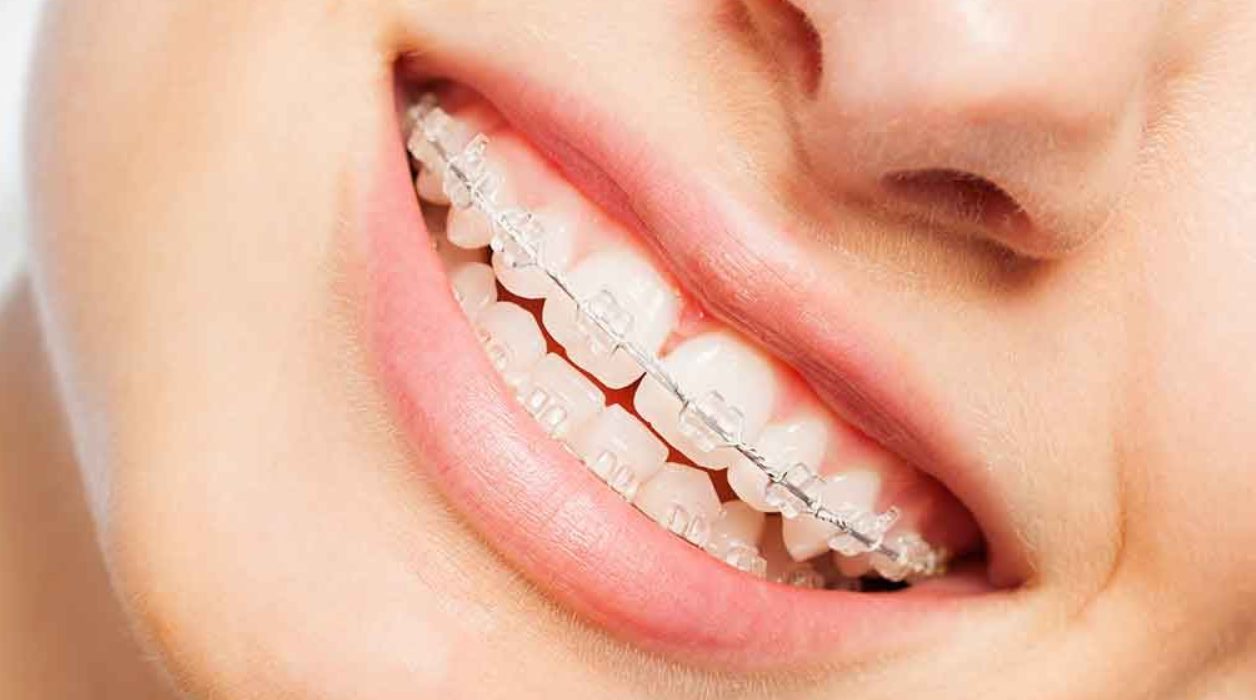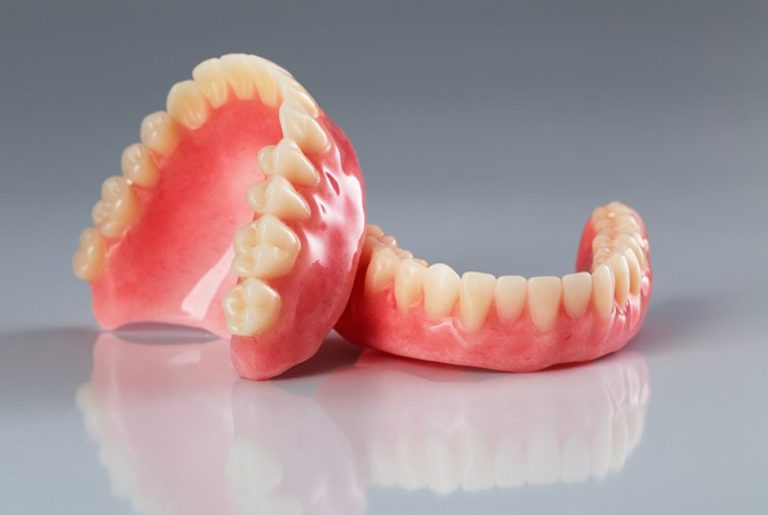Contents
The Basics of Orthodontic Insurance
Orthodontic insurance is a type of dental insurance that specifically covers orthodontic treatment. It typically covers a portion of the costs associated with braces, Invisalign, and other orthodontic appliances. The coverage and benefits can vary depending on the specific insurance plan and provider. It’s essential to understand the details of your plan to maximize your benefits and minimize out-of-pocket expenses.
Key Terms and Concepts
- Lifetime Maximum: This is the maximum amount your insurance will pay for orthodontic treatment during your lifetime.
- Deductible: This is the amount you need to pay out-of-pocket before your insurance starts covering the costs.
- Coinsurance: This is the percentage of the costs you need to pay after meeting your deductible.
- Waiting Period: This is the period you need to wait after enrolling in the insurance before you can start receiving benefits for orthodontic treatment.
- In-Network vs. Out-of-Network Providers: In-network providers have an agreement with your insurance company, which typically results in lower out-of-pocket costs. Out-of-network providers may not have such an agreement, leading to higher costs.
Types of Orthodontic Insurance Plans
There are two main types of orthodontic insurance plans:
-
Stand-alone Orthodontic Insurance: This type of plan is specifically designed for orthodontic treatment and is purchased separately from your regular dental insurance. It typically offers higher coverage limits and more comprehensive benefits for orthodontic care.
-
Orthodontic Coverage as Part of Dental Insurance: Some dental insurance plans include orthodontic coverage as part of their benefits package. However, the coverage limits and benefits may be lower compared to stand-alone orthodontic insurance plans.
How to Choose the Right Orthodontic Insurance
Choosing the right orthodontic insurance requires careful consideration of several factors:
- Coverage Limits and Benefits: Evaluate the lifetime maximum, deductible, coinsurance, and waiting period of different plans.
- Network of Providers: Ensure that your preferred orthodontist is in-network to minimize out-of-pocket costs.
- Cost of Premiums: Compare the monthly or annual premiums of different plans and choose one that fits your budget.
- Additional Benefits: Some plans may offer additional benefits, such as coverage for retainers or follow-up visits.
Maximizing Your Orthodontic Insurance Benefits
Once you have orthodontic insurance, there are several things you can do to maximize your benefits:
- Understand Your Plan: Read your policy documents carefully and understand the coverage details, limitations, and exclusions.
- Choose an In-Network Provider: Opt for an orthodontist who is in-network with your insurance company.
- Get Pre-Authorization: For major treatments, get pre-authorization from your insurance company to ensure coverage.
- Keep Track of Expenses: Maintain records of all your orthodontic treatment expenses and submit claims promptly.
- Appeal Denied Claims: If a claim is denied, don’t hesitate to appeal the decision with your insurance company.
Orthodontic Insurance for Children vs. Adults
Orthodontic insurance coverage for children and adults may differ in certain aspects:
- Age Limits: Some plans may have age limits for orthodontic coverage, especially for adults.
- Coverage Limits: Coverage limits for adults may be lower compared to children.
- Waiting Periods: Waiting periods for adults may be longer than for children.
It’s essential to check the specific details of your plan to understand the coverage and benefits for different age groups.
Orthodontic Insurance and Flexible Spending Accounts (FSAs)
Flexible Spending Accounts (FSAs) allow you to set aside pre-tax dollars to pay for eligible healthcare expenses, including orthodontic treatment. You can use your FSA funds to cover out-of-pocket costs, such as deductibles, coinsurance, and copayments. Combining orthodontic insurance with an FSA can further reduce your financial burden and make orthodontic treatment more affordable.
Orthodontic Insurance and Health Savings Accounts (HSAs)
Health Savings Accounts (HSAs) are similar to FSAs but are available only to individuals with high-deductible health insurance plans. You can use your HSA funds to pay for qualified medical expenses, including orthodontic treatment. HSAs offer tax advantages and can be a valuable tool for managing healthcare costs, including orthodontic care.
Common Questions About Orthodontic Insurance
-
Does orthodontic insurance cover Invisalign? Yes, most orthodontic insurance plans cover Invisalign, but the coverage and benefits may vary depending on the specific plan.
-
Does orthodontic insurance cover braces? Yes, orthodontic insurance typically covers traditional braces, but the coverage and benefits may differ based on the plan.
-
How much does orthodontic insurance cost? The cost of orthodontic insurance can vary depending on several factors, such as the coverage limits, benefits, age, and location.
-
Is orthodontic insurance worth it? Orthodontic insurance can be worth it if you anticipate needing orthodontic treatment. It can significantly reduce your out-of-pocket expenses and make these essential treatments more affordable.
-
How do I find the best orthodontic insurance? To find the best orthodontic insurance, compare different plans, consider your needs and budget, and choose one that offers adequate coverage and benefits.
Conclusion
Orthodontic insurance plays a crucial role in making orthodontic treatment accessible and affordable. Understanding how does orthodontic insurance work empowers you to make informed decisions regarding your orthodontic care and maximize your benefits. By choosing the right plan, understanding your coverage, and utilizing available resources, you can achieve a healthy and confident smile without breaking the bank. Remember, investing in orthodontic treatment is an investment in your overall well-being, and orthodontic insurance can help you achieve your smile goals with financial peace of mind.
Read More: Is Dentures Covered by Insurance? A Comprehensive Guide






